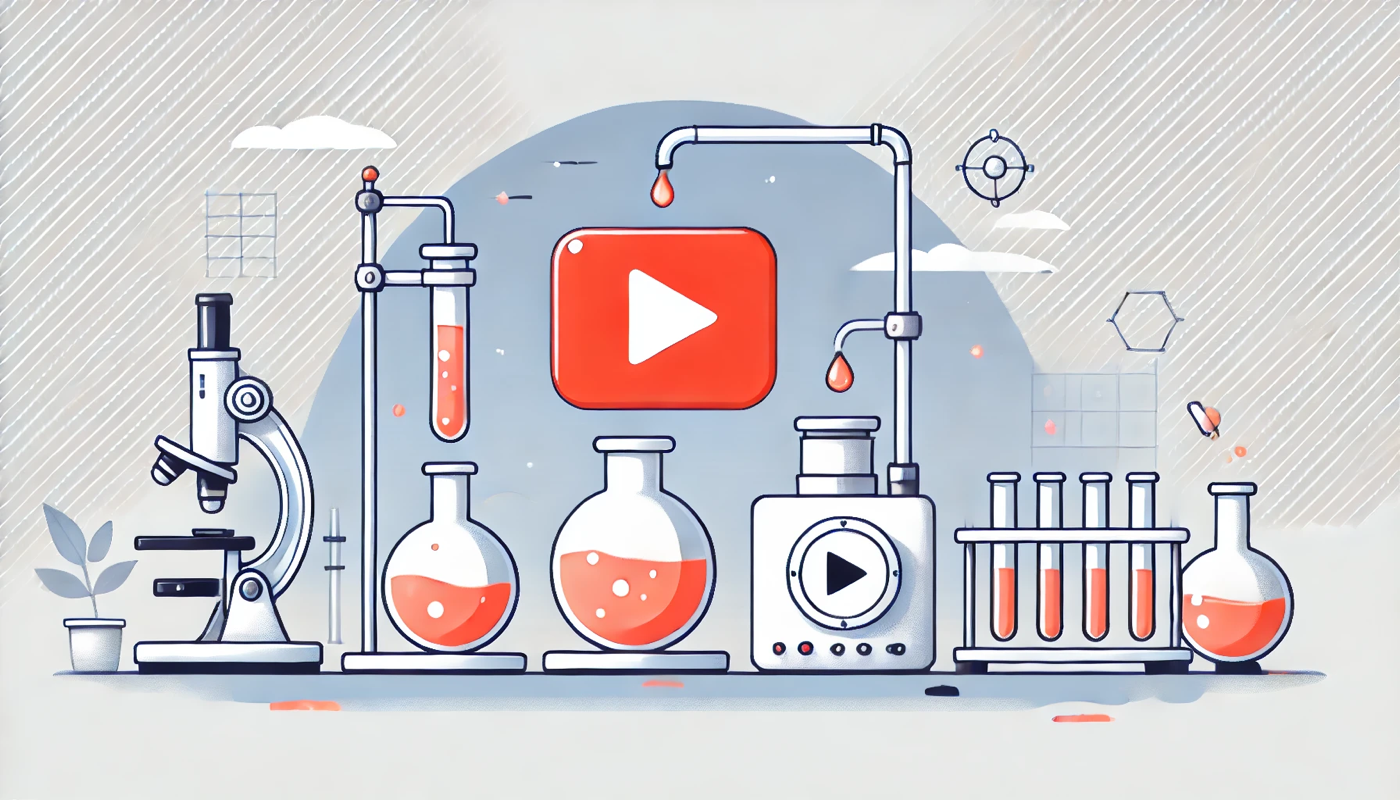
The Science of Video
The Science of Video: Why Animated Videos Are Outperforming Every Other Marketing

The Science of Video: Why Animated Videos Are Outperforming Every Other Marketing

In today’s digital landscape, YouTube remains an unparalleled platform for brands looking

The Science of Video: Why Animated Videos Are Outperforming Every Other Marketing

In today’s competitive digital landscape, standing out visually is no longer optional—it’s essential. As brands compete for audience attention, the animation style you choose can make the difference between content that converts and content that’s forgotten. Enter 2.5D animation: a powerful hybrid technique that’s revolutionizing how brands tell their stories.

Struggling to market your insurance services? Learn how explainer videos can increase engagement, simplify complex policies, and generate leads.

It probably comes as no surprise when we tell you that videos

Producing an exceptional explainer video for your scientific subject matter doesn’t have to be difficult.

When it comes to Enterprise IT Software, some of the industry’s most innovative brands are utilizing explainer videos in ways never seen before.

For over 10 years, Explainify has produced world-class videos for our clients. These explainer videos have captured millions of viewers throughout the world. If you’re reading this, you probably already know Explainify offers video packages at different levels of complexity.

According to the old adage, you should “make your money work for you in addition to working for your money.” This is a solid philosophy for financial and banking solutions. But as an institution in the finance and bank world, how can you ensure potential customers know exactly how your financial products will help them grow their wealth?
Our sweet spot for video length is between 60 seconds and 2 minutes. We find this range is just right for keeping your audience engaged while delivering your message effectively. It’s long enough to connect and resonate but concise enough to hold attention and drive action!
Nope, not a chance! Everything we craft is bespoke, built from the ground up to uniquely represent your brand. Steering clear of templates and icon libraries not only sets your content apart but also aligns perfectly with your brand’s voice and vision. Custom is how we roll!
We find that there’s a certain level of production value that is necessary to get any return on your investment. But above that foundation of cost, we have options for low to high budgets. We pride ourselves on finding what fits your brand best, and we recognize that some brands are in the beginning stages of their story while others are in full bloom. It takes time to get there, but we’re happy to help along the way and advise on budget with our in-depth knowledge of the animation and video production possibilities.
Absolutely! We’re all about adding value and making your investment go further. For those ambitious brands ready to make a big splash with multiple videos, we offer volume discounts starting at just 3+ videos. It’s our way of saying ‘the more, the merrier’ and ensuring you get the best bang for your buck!
We understand how difficult telling a story can be from the inside. We also know what it’s like to still be on the journey of telling it. When you’re working with us to define your project, we structure brainstorming and productive discovery conversations that aid not just in the product we’re working on, but the entire way you tell your story to the world. For every client, we hope to leave a lasting influence on their marketing and impact the bottom line today and the strategy behind the brand in years to come. We think of ourselves as a partner, and we hope that you feel the same after your first project.
Yes, indeed! We hand over all the hi-res layered source files for the original designs, music, and voiceover work we create. This way, you have the ultimate flexibility and control over your assets. Think of it as your creative toolkit, packed and ready for any tweaks or future projects you might dream up.
An animated explainer can break through some of the clutter surrounding your industry. Illustrating your story with premium animators and designer talent can set your brand apart from the typical live-action style featured in most marketing. Animation opens the possibilities for a wide variety of storytelling options and has the potential to free your brand message, taking it to new heights, and converting better.
We provide strategic script writing as part of our service, focusing on messaging that connects quickly and clearly. We can also edit client-provided scripts to refine flow and impact.
We have the deepest experience working with companies in SaaS, FinTech, MedTech, BioTech& Life Sciences, HealthTech, Heathcare, Education, and Nonprofits, but we are happy to adapt to any industry.
We lead with strategy, not just animation. Our Frustration-Free™ process starts by understanding your business goals, audience, and messaging bottlenecks—so we can craft a video that’s built to drive results. Every frame is backed by a clear purpose. Design and animation? That’s the (beautiful) icing on a message that actually converts.
Yes, we provide all final deliverables plus layered, high-res source files so your team can make updates later or repurpose visuals across channels. (and no, we don’t charge extra for them like other nickel and dimers out there)
Yes, we often partner long-term to create scalable video content that grows with your messaging needs, offering cost-efficiency and strategic alignment across all campaigns.

Explainify specializes in animated explainer videos, corporate video production, and 2D animation services that simplify complex ideas into clear, engaging narratives. Our motion graphics and product video production helps brands connect with their audience effectively.
609 W. Dickson St., Suite 102a
Fayetteville, Arkansas 72701
United States